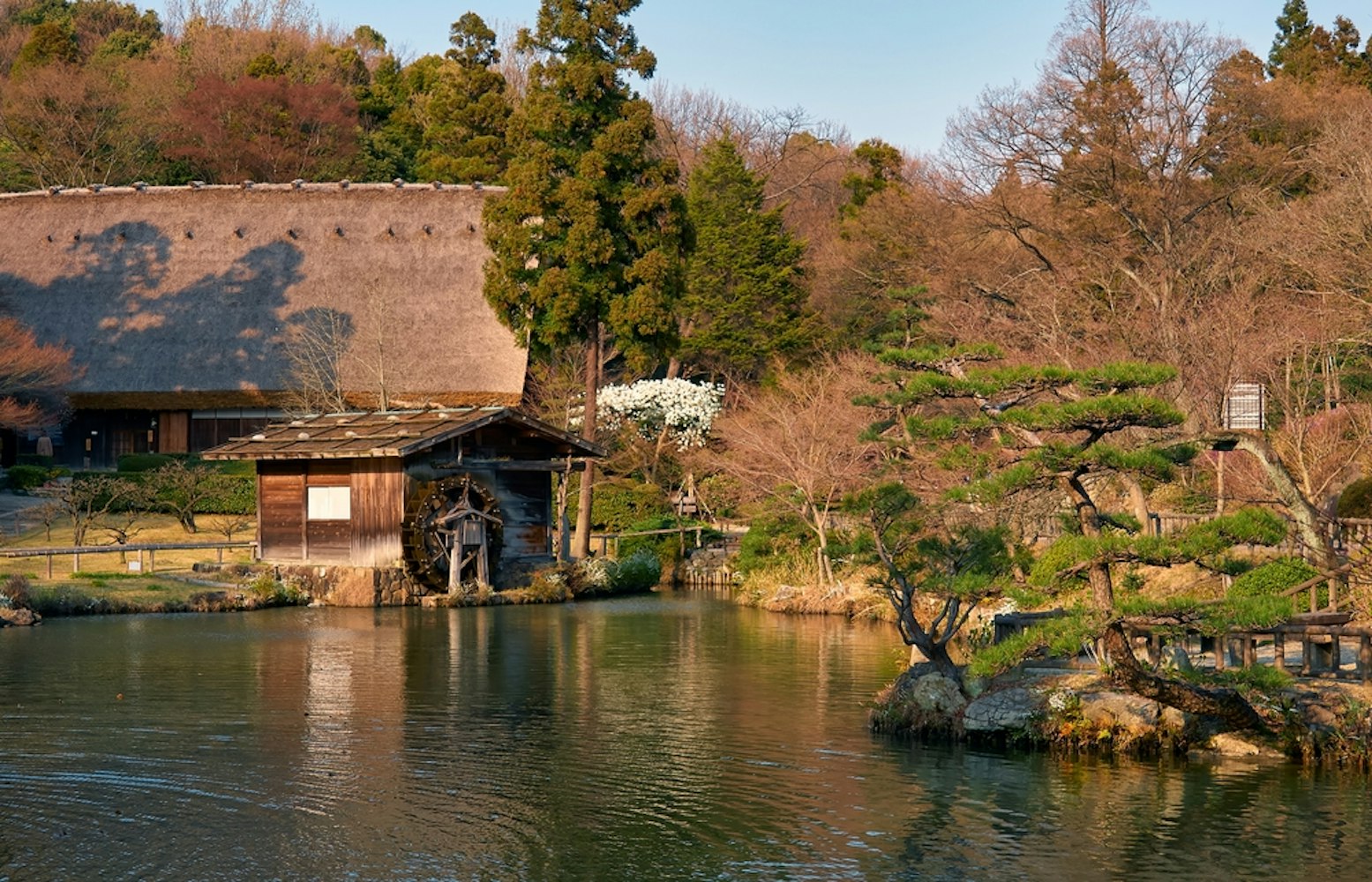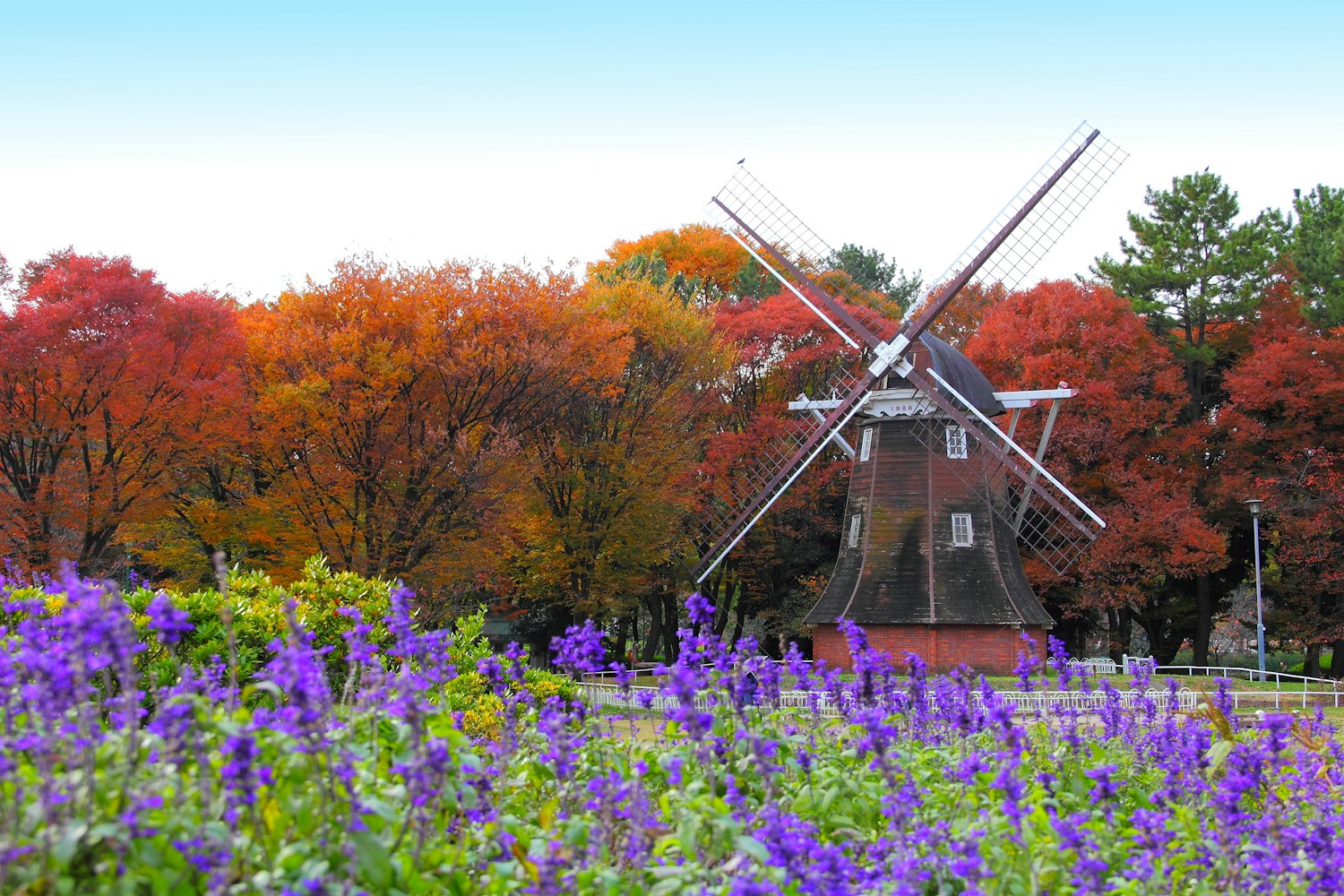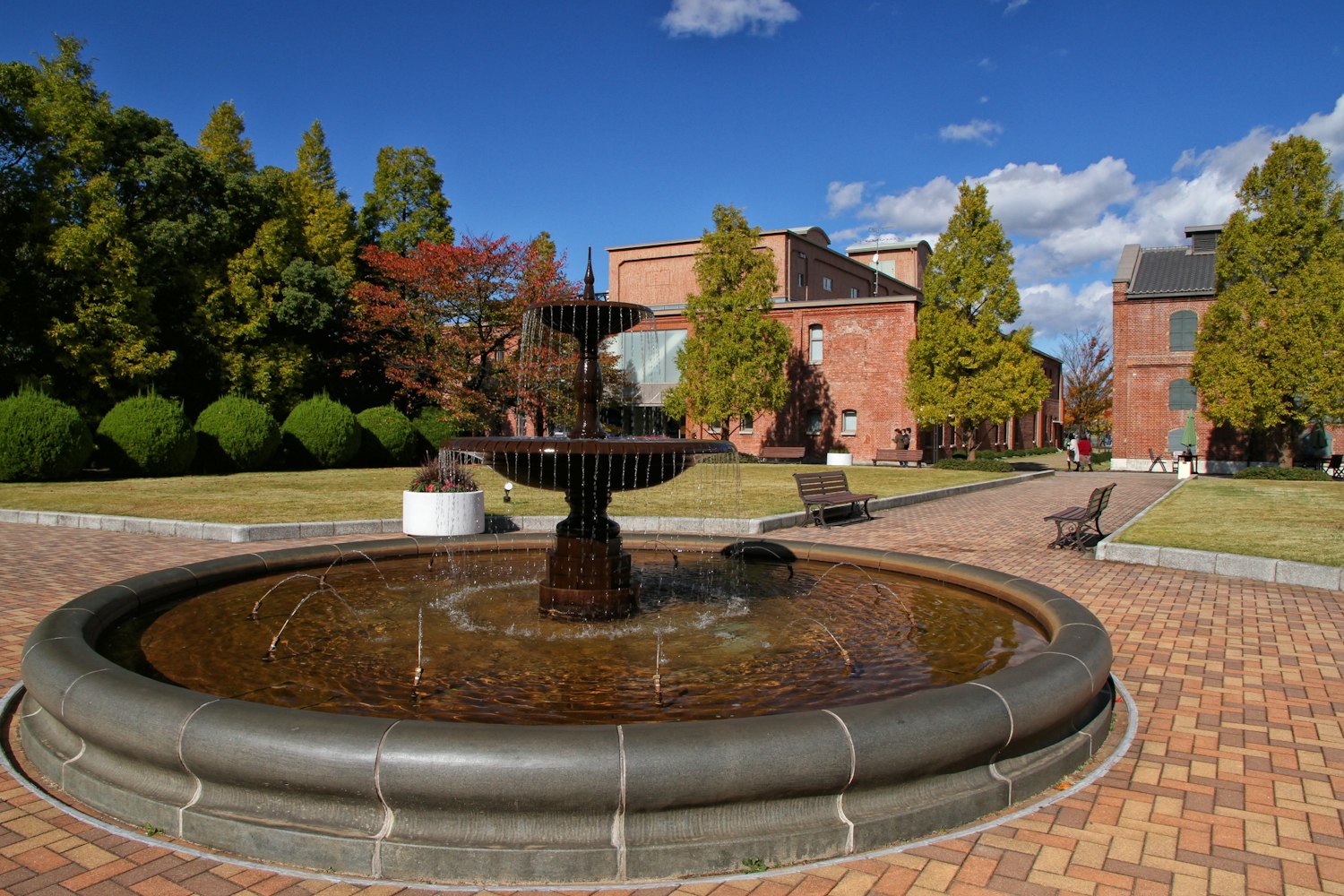

Nagoya has so many beautiful parks and gardens that give you a break from city life. Some are traditional Japanese gardens with ponds and bridges, while others are lively spots with flowers and big open spaces. These parks are perfect for relaxing, enjoying nature, and learning a bit about Nagoya’s history.
Whether you love cherry blossoms, roses, or just want a nice place to walk around, there's a park here for you. Let’s dive into Nagoya's top 10 parks and gardens and see what makes each one special!
This park stretches along a major street in central Nagoya, serving as an oasis for city dwellers. Originally built as a part of the city’s urban development, it features an impressive collection of sculptures, fountains, and seasonal flower beds.
Hisaya Odori Park is not just a green space; it's also a venue for various festivals, food fairs, and cultural events. In spring, the park comes alive with cherry blossoms, attracting people for hanami (flower viewing) picnics.

Experience Nagoya’s landmarks and hidden gems on a guided jogging tour.
Recently, the park has undergone redevelopment to include new cafes, shops, and even a small amphitheater for live performances. Its central location makes it a great spot to take a break while exploring Nagoya's downtown.
How to get there: A short walk from Sakae Station (Higashiyama Line, Meijo Line)
Hours: Open 24 hours
Fee: Free entry

Tokugawa Garden offers a serene retreat into the elegance of Japanese landscaping. Built during the Edo period as part of the Tokugawa family’s estate, the garden showcases a large pond, stone bridges, and meticulously placed rocks that create a traditional Japanese atmosphere. The paths around the pond reveal different views of the garden's beauty, with cherry blossoms in spring and colorful leaves in autumn.
What makes this garden special is its deep connection to the Tokugawa family, one of Japan’s most prominent samurai families. The garden also has a traditional tea house where visitors can participate in a tea ceremony. The nearby Tokugawa Art Museum, which houses samurai artifacts, is worth visiting to complement your garden experience.
How to get there: 10-minute walk from Ozone Station (JR Chuo Line)
Hours: 9:30 AM - 5:30 PM (Closed on Mondays)
Fee: Adults: 300 yen, Children: 100 yen

Learn more about the Tokugawa family through informative commentary from a professional guide.

Shirotori Garden is the largest traditional Japanese garden in Nagoya. It was designed to reflect the landscapes of central Japan, with a large pond symbolizing the Ise Bay and streams flowing through various garden sections. The garden’s layout encourages a slow, meditative walk, with each path leading to scenic views of waterfalls, bridges, and carefully arranged plants.
The garden also hosts tea ceremonies and cultural events, allowing visitors to experience Japanese traditions firsthand. In autumn, the garden is stunning with its vibrant maple leaves, and in summer, it becomes a cool retreat thanks to the lush greenery and flowing streams.
How to get there: 10-minute walk from Jingu Nishi Station (Meijo Line).
Hours: 9:00 AM - 5:00 PM (Closed on Mondays).
Fee: Adults: 300 yen, Children: Free.

Experience the beauty and spirit of ancient Japan at Atsuta Shrine and Shirotori Garden in Nagoya!

Combining a zoo, botanical gardens, and an amusement park, this spot is perfect for families and nature lovers. The botanical garden section houses a variety of plants, trees, and flowers from around the world. The greenhouse is home to tropical plants, while the rose garden and seasonal flower displays make it a vibrant destination year-round.
The zoo adds another layer of excitement to the visit. The plant and animal diversity make it a fun, educational experience. A visit in spring is particularly rewarding when the cherry blossoms are in full bloom, creating a picturesque backdrop.
How to get there: 3-minute walk from Higashiyama Koen Station (Higashiyama Line)
Hours: 9:00 AM - 4:50 PM (Closed on Mondays)
Fee: Adults: 500 yen, Children: Free

Include a visit to Higashiyama Zoo with this tour.

Tsuruma Park is known as one of the oldest parks in Nagoya, dating back to the early 1900s. Its unique blend of Japanese and Western garden styles features a central fountain, flowerbeds, and traditional stone lanterns. In spring, the park becomes a hotspot for cherry blossom viewing, where visitors gather for hanami parties under the pink canopy.
The park also has sports facilities, including tennis courts and a baseball field. Various events take place here throughout the year, such as flower festivals and seasonal markets. It's a great place for families and friends to gather and enjoy outdoor activities.
How to get there: 5-minute walk from Tsurumai Station (JR Chuo Line, Tsurumai Line)
Hours: Open 24 hours
Fee: Free entry

This farm-themed park provides a glimpse into Japan's agricultural side. It’s not just a park but a working farm featuring fields of seasonal flowers, fruit trees, and vegetable patches. Visitors can see livestock, including cows and chickens, making it an educational visit, especially for families with kids.
The plum blossom festival in early spring is one of the main attractions, as the farm becomes filled with pink and white blooms. Throughout the year, the farm offers hands-on activities, such as fruit picking and farming workshops, making it a unique experience in the city.
How to get there: 20-minute walk from Hirabari Station (Tsurumai Line)
Hours: 9:00 AM - 4:30 PM (Closed on Mondays)
Fee: Free entry

Close to Nagoya Castle, Meijo Park offers a mix of natural beauty and historical views. The park's centerpiece is its large pond, surrounded by cherry blossom trees that bloom beautifully in the spring. Paths meander through flowerbeds and provide different angles to admire the castle’s silhouette in the distance.
The park also includes a well-maintained rose garden, where hundreds of roses bloom in spring and autumn. It's a favorite spot for locals to walk, jog, or enjoy a quiet moment in nature. Seasonal flower events bring additional color to the park, making it a year-round destination.
How to get there: 5-minute walk from Meijo Koen Station (Meijo Line)
Hours: Open 24 hours
Fee: Free entry

Explore Nagoya's Meijo area on a 1.5-hour guided jogging tour.

Spanning over 200 acres, Shonai Ryokuchi Park is one of the largest in Nagoya. It features wide lawns, a large pond, rose gardens, and several sports facilities, making it popular for family outings. The cycling paths are a hit among visitors who want to explore the park on wheels, and bike rentals are available.
The park's rose garden is a highlight, especially during the blooming season, showcasing a colorful variety of roses. The park also has barbecue areas, offering a fun spot for outdoor cooking and picnics.
How to get there: 1-minute walk from Shonai Ryokuchi Koen Station (Tsurumai Line)
Hours: Open 24 hours
Fee: Free entry

Surrounding the historic Atsuta Shrine, this park has been a place of spiritual importance for over 1,900 years. Lush trees, walking paths, and small ponds create a tranquil setting that contrasts with the bustling city outside. Visitors often walk through the park's forested areas to reach the shrine, enjoying the peaceful atmosphere.
Atsuta Jingu Park is known for its ancient camphor trees, some of which are said to be over 1,000 years old. It’s a place where nature, history, and culture come together, making it a meaningful stop on any visit to Nagoya.
How to get there: 3-minute walk from Jingumae Station (Meitetsu Line)
Hours: Open 24 hours
Fee: Free entry

Discover all of the secrets that a true Nagoya adventure has to offer.

Noritake Garden is a hidden gem in Nagoya, offering a mix of history, nature, and art. Located on the site of the old Noritake ceramics factory, this garden is filled with lush greenery, seasonal flowers, and well-maintained walking paths. It’s a lovely spot to learn about the history of Japanese ceramics while enjoying the natural beauty around you.
The garden is part of the Noritake Museum, where you can see pottery-making exhibits and even try to paint ceramics. The combination of open gardens, charming café, and the museum makes Noritake Garden a relaxing and educational outing for all ages.
How to get there: 15-minute walk from Nagoya Station (JR, Meitetsu, Kintetsu lines)
Hours: 10:00 AM - 6:00 PM (Closed on Mondays)
Fee: Free entry to the garden (Museum and pottery workshop have separate fees)

Dive into its incredible past on this private guided half-day tour.
Nagoya’s parks and gardens bring a mix of nature, culture, and relaxation to the city. With so many spots to choose from, there’s always a new place to explore or a quiet corner to enjoy. Whether it’s a stroll through a traditional garden or a fun day at a family-friendly park, these green spaces have something special to offer.
So, when you’re in Nagoya, take the time to visit and enjoy the beauty these places have in store!



